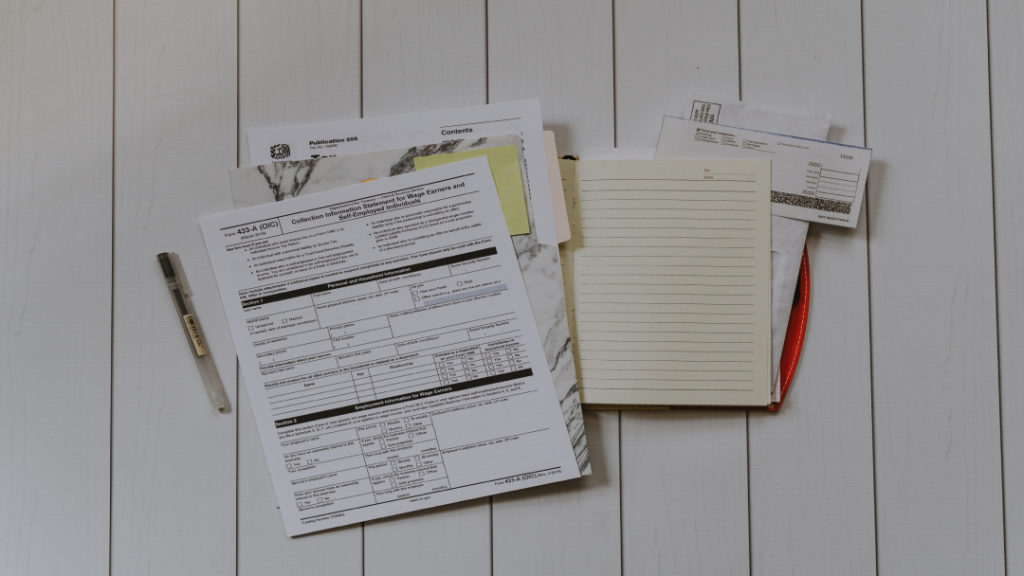Tax season is often a frustrating and nerve-wracking time. You may be concerned about owing money or filling out your paperwork correctly to ensure you maximize your return. The tax system is full of legal jargon and forms that can be difficult for anyone who’s not an accountant to understand properly
Tax season doesn’t have to be an anxious time, and here at TaxRobot, we want to help. That’s why we’ve created this detailed guide. We’ll discuss form 6765 so you can learn how to maximize your return.
Read on to learn everything you need to know about Form 6765 and how you can maximize your return. We’re going to discuss the specifics that some people may be unaware of so you can feel confident when you file your return.
Related: Federal Government Loans for Small Business & Startups
Table of Contents
What is Form 6765?
Form 6765 covers the federal research and development (R&D) tax credits. These R&D tax credits relate to money you’ve spent on the design, development, or improvement of products, techniques, processes, software, or formulas.
Certain businesses are entitled to a dollar-for-dollar reduction in their company’s tax liability for certain domestic expenses, such as those listed above. You can use form 6765 to calculate and claim the R&D tax credits you’re entitled to. You can also use this form to communicate how you’d like to use these credits.
This form comes with four separate sections: A, B, C, and D. We’re going to discuss each section in detail so you can know precisely what each is for and how to complete them.
Who is Eligible For R&D Tax Credits?
The R&D tax credit, first established in 1981 by the Economic Recovery Tax Act, is eligible for companies that are developing new or improved business components. These components can consist of products, processes, software, formulas, inventions, or techniques as long as they result in new or improved functionality, reliability quality, or performance.
An organization could be eligible for this tax credit if it meets the following criteria in the IRS Four Part Test:
- Permitted Purpose/Qualified Business Component
- Elimination of Uncertainty
- Process of Experimentation
- Technological in Nature
Are you looking for help filling out Form 6765, or with other aspects of your taxes? Visit us at TaxRobot to learn how we can help!
Sections A and B

We will cover sections A and B together because they’re both a method for calculating your R&D tax credits. You must choose whether to fill out Section A to proceed with the regular method for calculating your R&D tax credits or fill out Section B, which is the alternative method. You don’t need to fill out both sections.
We want to help you maximize your return, and deciding which section to fill out can be tricky. One method is to determine how much you’re entitled to based on each section and then submit the one that provides you with more tax credits.
Related: How to Calculate R&D Tax Credit [Guide & Calculator]
What’s the Difference Between Section A and B?
The difference between sections A and B is the way in which your tax credits are calculated. Section A, the regular method, covers 20% of all current year’s qualifying research expenses that exceed a specific base amount.
Determining this base amount can be challenging because it might require you to make some detailed calculations. This largely depends on whether you’re a start-up or a well-established business, but these calculations are one of the reasons a person may opt to fill out Section B instead.
Section B, the alternative simplified method, requires you to calculate the difference between your qualifying expenses for the current year and 50% of the average qualifying amount for the past three years. You then multiply this difference by 14% to determine your final R&D tax credit amount.
There is another option at the bottom of Section A and Section B, allowing you to accept a reduced credit. Taking this option can simplify your return and can eliminate the need to make an adjustment to taxable income that wouldn’t be in your favor.
What Are Eligible Research Expenses?
There are a few research expenses eligible for the R&D tax credits. The IRS uses a four-part test to help you determine whether your activities meet the requirements to receive R&D tax credits.
You can claim three types of expenses on Form 6765, including contracted research, salaries, and supplies (tangible property not subject to depreciation necessary for your research and development activities).
Determining which research and development expenses in your financial accounting system appear to meet these requirements is an excellent place to start. You’ll need to do more work to determine what you can claim, but it’s a solid starting point.
You also need to make sure you have the proper documentation necessary to prove the expenses you’re claiming.
Section C
Section C isn’t nearly as complicated as Sections A and B. This section will direct you to fill out additional forms and schedules to report the figure you arrived at in the first two sections based on your particular business structure.

Section D
Section D isn’t required for everyone to fill out. Only eligible small businesses who intend to use all or part of their R&D tax credits to offset payroll taxes must fill out this section. The maximum amount you’re allowed to offset is set at $250,000.
If you choose to fill out Section D and offset some of your payroll taxes, then you’ll need to report this figure on Form 8974 as well.
When Should You Submit Form 6765?
You must submit Form 6765 no later than the extended due date of that year’s tax return. It needs to be filed with your company’s income tax forms.
Related: IRS Form 941 Instructions & Free PDF Download
Final Thoughts
Navigating the intricacies of the tax system can be a daunting task. While trying to figure it out yourself is admirable, there’s no reason not to reach out for assistance if you find yourself overwhelmed. This guide is the perfect place to learn everything you need to know about Form 6765.

